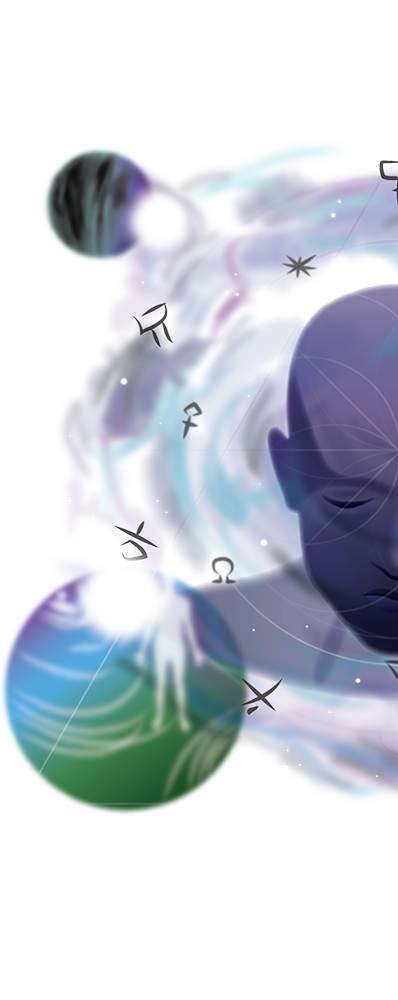By Rosemary Ellen Guiley
Copyright Visionary Living, Inc.
Fairies are supernatural beings both helpful and harmful who live in a dimension parallel to the Earth. They are attached to the Earth as well. They are usually invisible to humans.
Fairy beliefs are universal and strikingly similar; they attempt to explain the reasons for illnesses, deformities and untimely deaths among children; epidemics among livestock; and various disasters of weather. The term “fairy” comes from the Latin fata, or fate, which refers to the Fates of mythology, three women who spin, twist and cut the threads of life.
Fairies are sometimes are associated with angels, perhaps because they are often portrayed in art as having wings. They also are sometimes assumed to be nature spirits because they are usually seen outdoors. They are not angels or nature spirits (elementals), but a separate class of being.
Folklore traditions give various origins of fairies:
souls of the pagan dead, caught between heaven and earth because they were not baptized;
guardians of the dead;
ghosts of venerated ancestors;
fallen angels, cast out of heaven with Lucifer but condemned by God to remain in the elements of the earth;
spirits who are attached to particular places or elements;
small-statured human beings.
Some of those explanations — fallen angels and pagan dead — are Christian attempts to demonize fairies. In most mythologies, fairies preceded humans on the planet and gradually lost their foothold in the physical world as humans spread around the globe. In Irish myth, fairies evolved from the Tuatha de Danann, the “people of the Goddess Danu,” an ancient tribe that arrived on the coastline of Ireland and emerged from the mists.
Regardless of their origins, fairies possess the capability of accessing the human world through interdimensional doorways, known in earlier times as fairy mounds.
Fairies are especially known for their roles in enchantments and bewitchments; in witch lore they are sometimes said to be the familiars of witches.
Fairies have many names and descriptions, and range in size from tiny to bigger than humans. They may be beautiful or ugly, may resemble humans, or may look more like hybrid mysterious creatures. They usually are invisible save to those with clairvoyant sight; they can make themselves visible to humans if they so desire. Some are morally ambivalent, while others are always benevolent, and still others are always malevolent.
Some live as a fairy race or nation; the Land of Fairy, also called Elfland, has characteristics of the land of the dead: it exists underground and is accessed through barrows and mounds; time ceases or moves quite slowly there. The fairies come out at night to dance, sing, travel about, make merry and make mischief. They steal human women for wives, and also steal unprotected human children, leaving their own children (changelings) in exchange.
In order to stay in the good graces of “the good people” and “the good neighbors,” as they are sometimes called, humans must show the proper respect and leave out offerings of food and drink. In return, fairies bestow gifts and money and help humans with their chores. Fairies also are honored with offerings and rites at sacred wells, fountains, lakes and tree groves so that human may ward off illness and misfortune.









